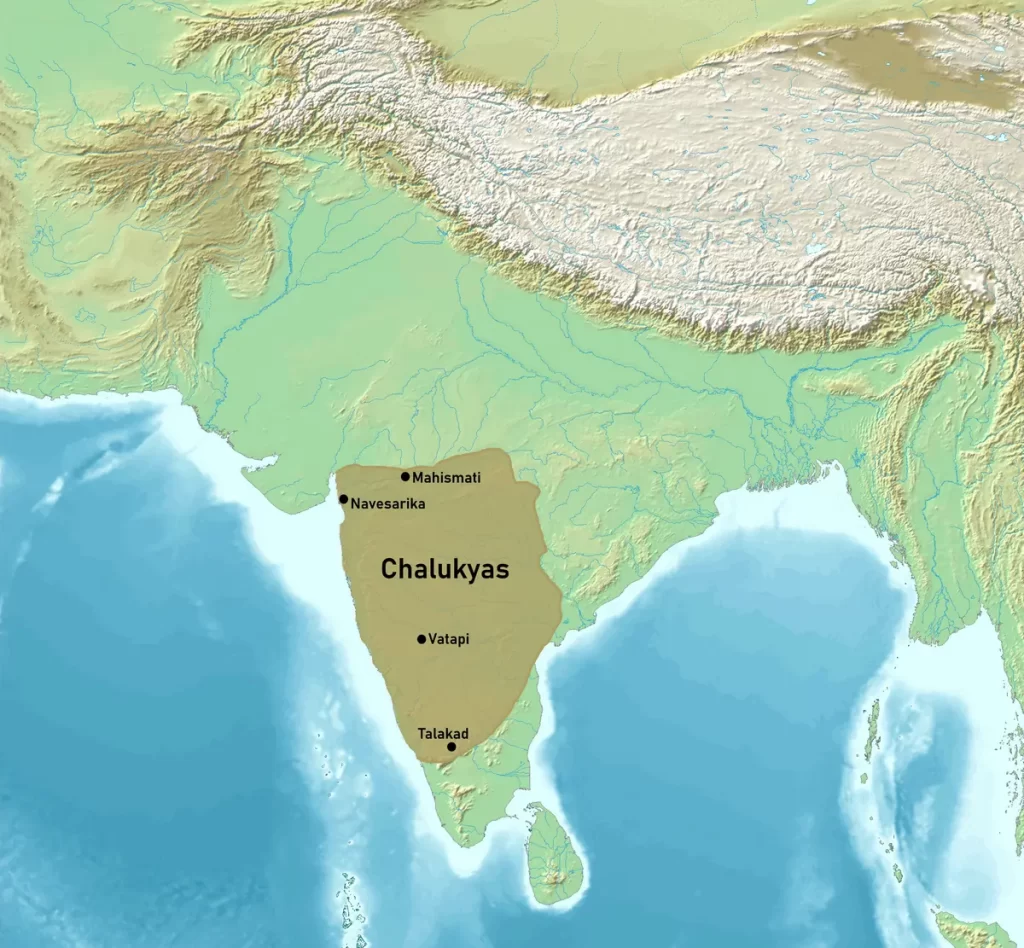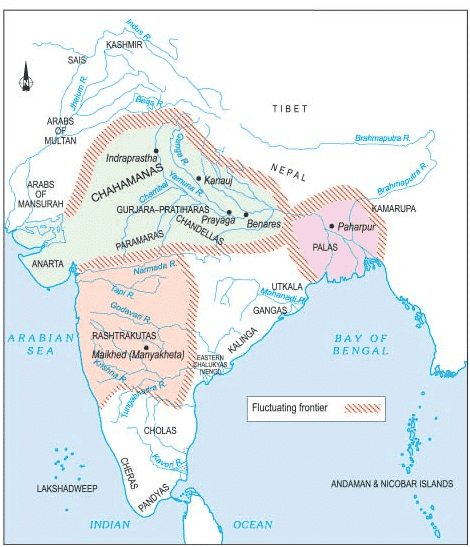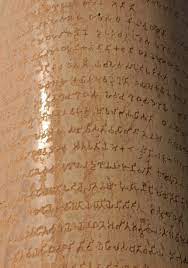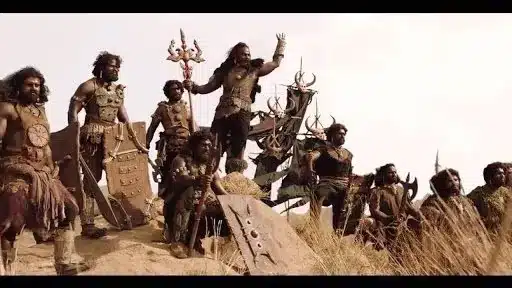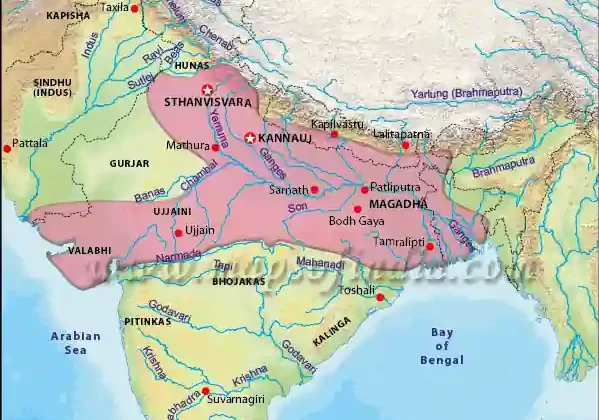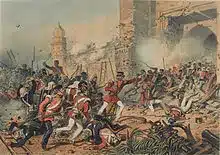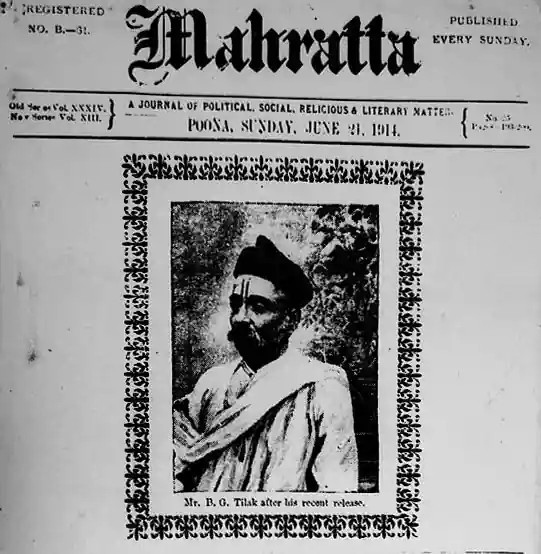Type of marriage based on marriage type
Various dharma texts of Hindu religion such as Manu-Smriti and the Vedas, mention 8 different forms of marriages in the Hindu religion. The eight forms are divided into 2 categories of approved and unapproved forms of marriage.
Approved forms
Brahma, Daiva, Arsha and Prajapatya come under the approved forms of marriage. These marriages involve the exchange of gifts, the “gift of a maiden” (kanyādāna). Brahmins, according to the dharma texts, have the duty to accept gifts. Therefore, the first four marriage types are generally pronounced legal for Brahmins.
Unapproved forms
Asura, Gandharva, Rakshasa and Paisacha come under the unapproved forms of marriage.
| Marriage Type | Description |
| Brahma Vivah | Marriage of a girl with the boy of same Varna with Vedic rites and rituals. |
| Daiva Vivah | When father donated his daughter to a priest as a part of Dakshina. |
| Arsa Vivah | A token bride-price of a Cow and a Bull was given. |
| Prajapati Vivah | Marriage without dowry. |
| Gandharva Vivah | It was a kind of love marriage or swyamavara type. |
| Asura Vivah | Marriage by Purchase. |
| Paisach Vivah | Seduction of a girl while sleeping or mentally unstable due to a drink. |
| Rakshasha Vivah | Marriage by abduction. |
| Anuloma Vivah | The marriage of a man of higher Varna with a girl from lower Varna was called “Anuloma Vivah”. It was allowed by the sacred texts. |
| Pratiloma Vivah | The marriage of a girl of higher Varna with a man of a lower Varna was called “Pratiloma Vivah” and it was NOT allowed in the texts. |
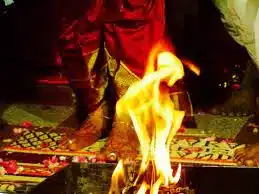
Brahma Vivah
- ‘Brahma’ is one of the most practised forms of marriage in India and has the most supreme position out of all the eight forms of marriage.
- Manu-Smriti has also laid great importance on this form of marriage.
- The Brahma marriage, in dharma texts, has been explained as the gift of a daughter, after being decked with ornaments and honoured with jewels to a man selected by the father himself and who is learned in Vedas is called the “Brahma marriage”.
- The “Brahma” marriages are the rituals of the Brahmans who according to Manu-Smriti have the duty to accept gifts.
Daiva Vivah
- Daiva-vivāha means ‘marriage related to the rite of the gods’.
- In this form of marriage, unlike Brahma, the father gives away his daughter to a priest as a Dakshina (sacrificial fee) for officiating in the sacrifice conducted by the father of the bride.
- In this form of marriage, the groom doesn’t come looking for a bride, the parents of the bride go looking for the groom for her daughter.
- This form of marriage is considered inferior to the Brahma marriage because, in Daiva, the father derives a benefit by using her daughter as a sacrifice and also because it is considered degrading for women to go looking for a groom.
Arsha Vivah
- The third form of approved marriage, that is Arsha Marriage, suggests marriage with Rishi or sages. This is different from Brahma and Daiva forms of marriage because, in Arsha, the father of the bride doesn’t have to give anything to the bridegroom. In the Arsha, the father of the bridegroom is the one who gives 2 cows or bulls to the father of the bride.
- This form of marriage was not considered noble as the marriage was treated as a business transaction where the bride was exchanged for cows and bulls.
Prajapatya Vivah
- Prajapatya form of marriage is similar to Brahma form of marriage except there is no trading or Kanyadan in Prajapatya and the father of the bride searches for the groom. Because of these differences, Prajapatya is inferior to Brahma.
- In this form of marriage, the father while giving away her daughter addresses the couple with a condition that both the bride and bridegroom may perform their dharma together.
- The basic condition requested by the father of the bride is that the bridegroom must treat the bride as a partner and fulfil their religious and secular duties together.
Asura Vivah
- This is one of the most condemned forms of marriage.
- In this form, the father gives away her daughter after the bridegroom has provided all the wealth that he can, to the father of the bride and the bride herself.
- The Ramayana mentions that an extravagant amount of price was given to the guardian of Kaikeyi for her marriage with King Dasaratha. This is basically a commercial transaction where the bride is purchased.
- According to Manusmriti, the father of the girl should not accept the offer even for the least amount of price.
Gandharva Vivah
- This is a unique form of marriage and is different from other forms of marriage.
- There is a mutual agreement between the girl and boy to get married. This mutual agreement arises from pure lust. The approval of parents does not play a role.
Rakshasa Vivah
- Rakshasa form of marriage is performed by abducting the bride and brutally slaying her family and relatives.
- In some texts, another condition that needs to take place is that the bridegroom shall fight with the family of the bride while following the ceremonial steps in a tranquil wedding. However, this condition is not essential for having a “Rakshasa” marriage.
- According to P. V. Kane, a noble Indologist, this form of marriage is named Rakshasa because Rakshasas (demons) are known from history to have been ensuing cruelty on their captives.
- This form of marriage was practised by Kshtraiyas or military classes. “Rakshasa” marriage resembles a right of a victor over the person held captive in war.
Paishacha Vivah
- This is placed as the last form of marriage because this is the most atrocious form of marriage out of the 8 marriages.
- In this, a man seduces women and enters in a sexual act when the girl is either sleeping, intoxicated or mentally disordered mostly in the night.
- The girl and her parents out of shame of such activity have to agree to the marriage with the man. Paishacha means goblins who are supposed to act secretly at night.
Types of marriage based on Varna system :
Anuloma Vivah
The marriage of a man of higher Varna with a girl from lower Varna was called “Anuloma Vivah”. It was allowed by the sacred texts.
Pratiloma Vivah
The marriage of a girl of higher Varna with a man of a lower Varna was called “Pratiloma Vivah”. It was NOT allowed in the texts.
New Castes
The intermarriage between Varnas led to new castes. Vashishtha mentions below examples:
- The offspring of a Sudra and a Brahman woman becomes a Chandala.
- That of a Sudra and Kshatriya woman, a Vaina.
- That of a Sudra and Vaisya woman, an Antyavasayi.
- The son begotten by a Vaisya on a Brahman woman becomes a Ramaka.
- The son begotten by a Vaisya on a Kshatriya woman, a Paulkasa.
- The son begotten by a Kshatriya on a Brahman woman becomes a Suta.
- Children begotten by Brahmans, Kshatriyas, and Vaisyas on women of the next lower, second
- lower, and third lower castes become respectively Ambashthas, Ugras, and Nishadas.
- The son of a Brahman and a Sudra woman is a Parasava.
Also refer:

